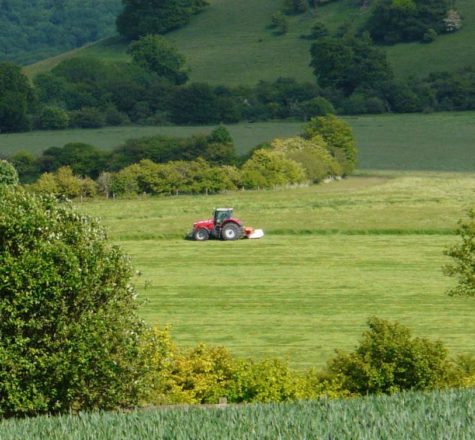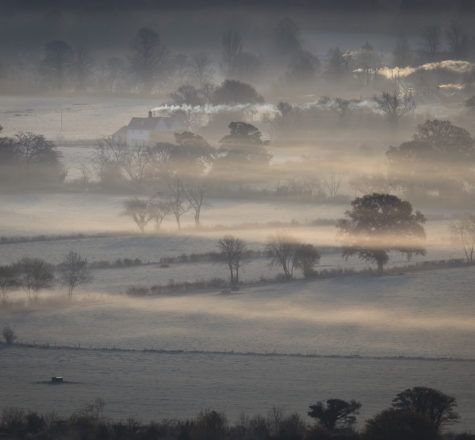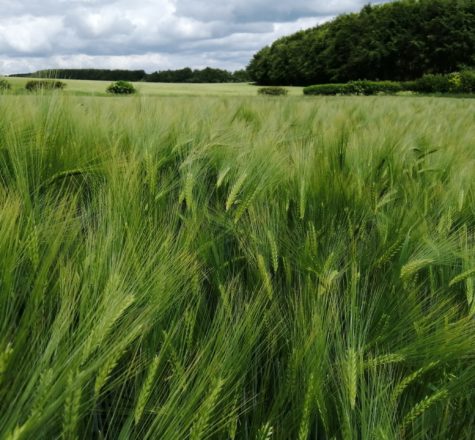What the programme will pay for
The programme will pay for projects that, in the opinion of the Local Assessment Panel, provide value for money and meet at least one of the outcomes listed below under four themes. They should also deliver for the North Wessex Downs Management Plan.
The Panel have recently considered their priorities for the additional year and these can be found below.
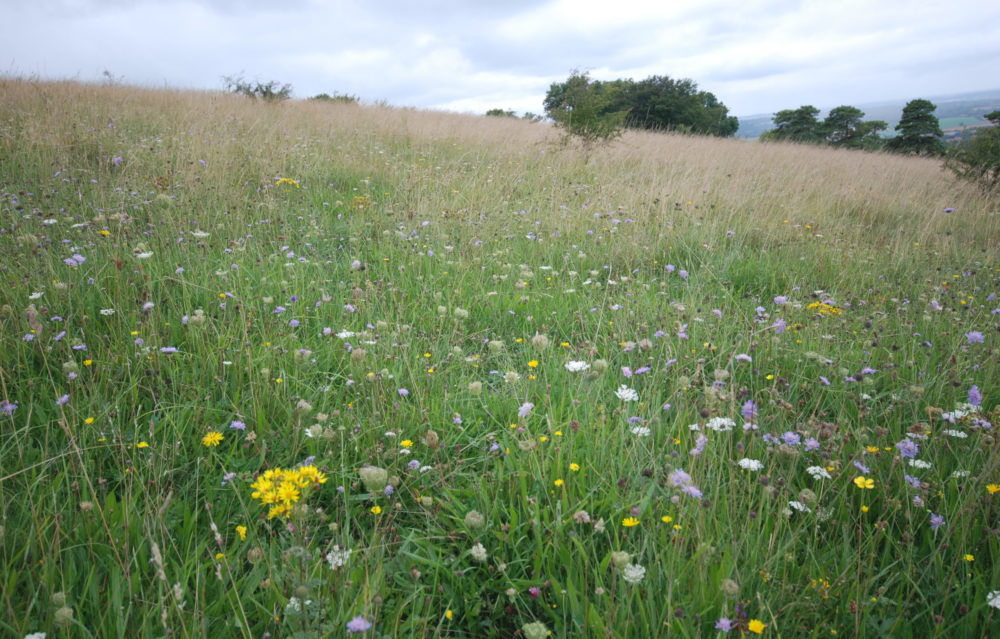
Nature outcomes
- There is a greater area of wildlife rich habitat
- There is greater connectivity between habitats
- Existing habitat is better managed for biodiversity
- There is an increase in biodiversity
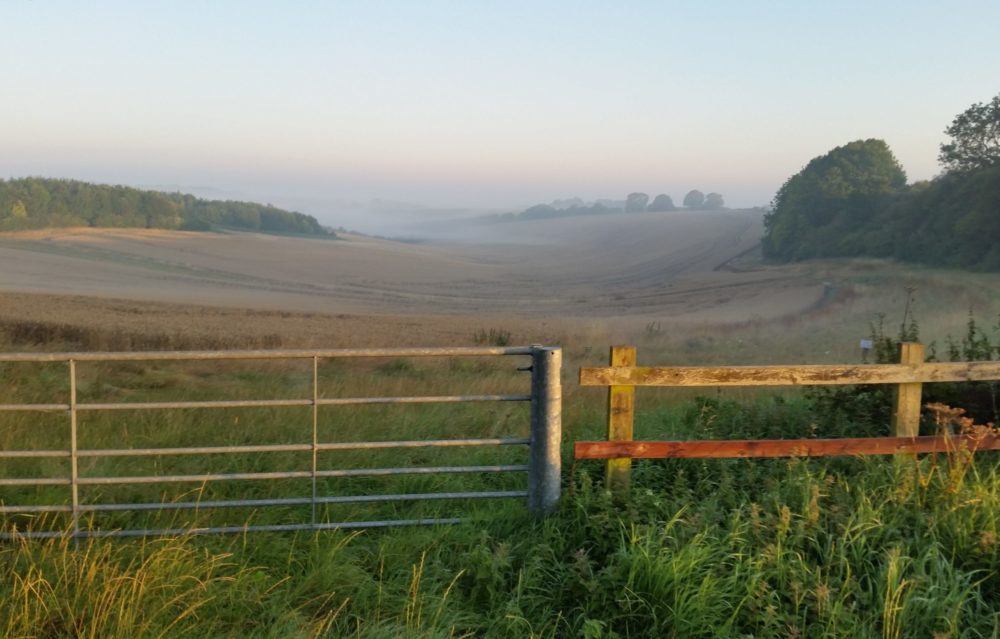
Climate outcomes
- More carbon is stored and/or sequestered
- Flood risk is reduced
- Farmers, land managers and the public better understand what different habitats and land uses can store carbon and reduce carbon emissions
- The landscape is more resilient to climate change
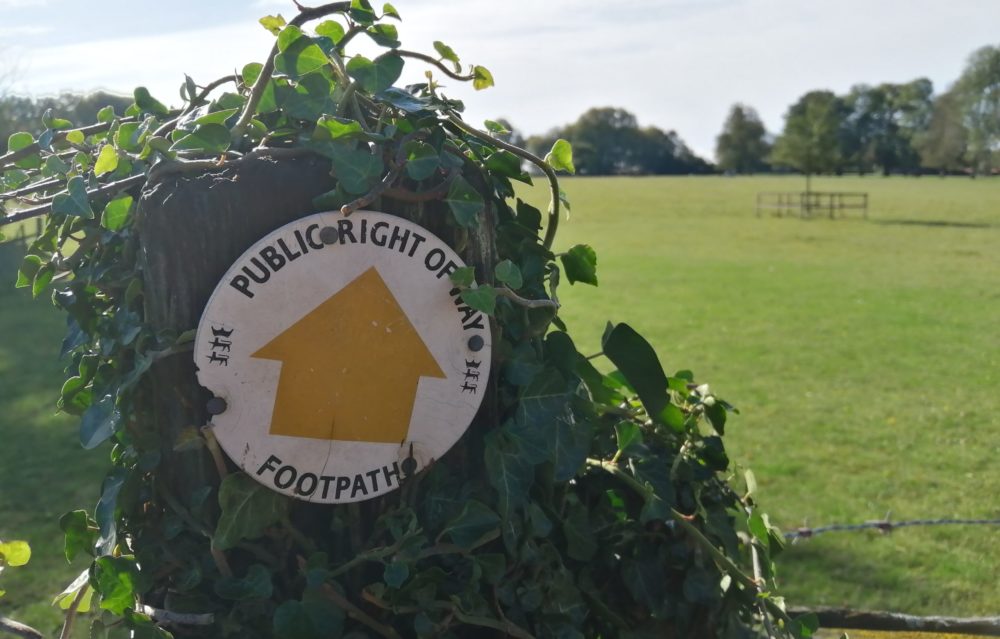
People outcomes
- There are more opportunities for people to explore, enjoy and understand the landscape
- There are more opportunities for more diverse audiences to explore, enjoy and understand the landscape
- There is greater public engagement in land management, such as through volunteering
- Farmers and land managers feel increasingly comfortable with providing public goods
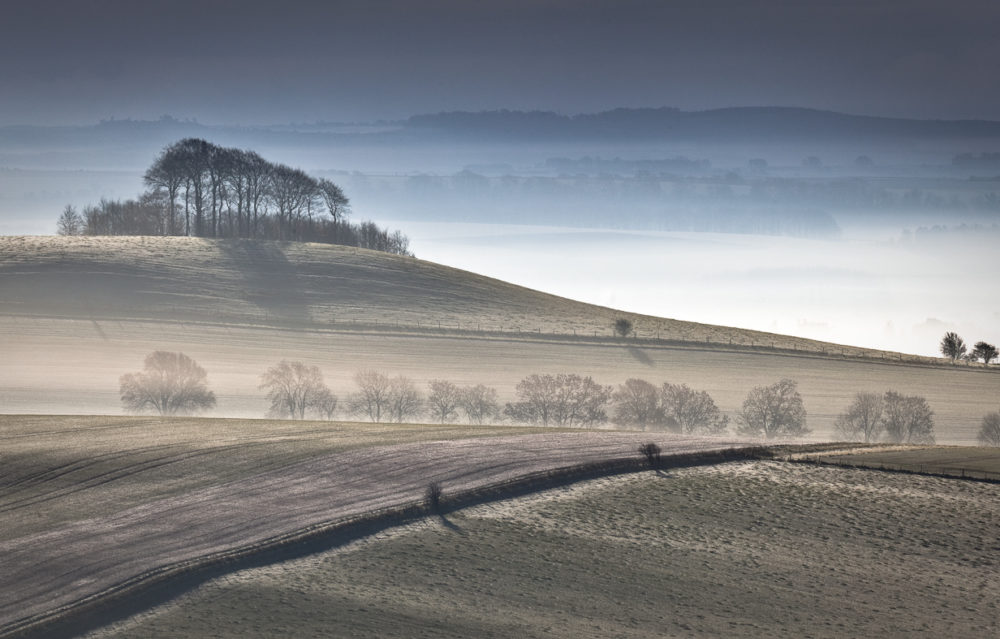
Place outcomes
- The quality and character of the landscape is reinforced or enhanced
- Historic structures and features are conserved, enhanced or interpreted more effectively
- There is an increase in the resilience of nature-friendly, sustainable farm businesses, which in turn contributes to a more thriving local economy
AONB Management Plan
Your project must also help to deliver at least one of the objectives of the North Wessex Downs AONB Management Plan which can be found at on our website here. The plan details eight themes; for each Key Issues, Strategic Objectives and Policies are presented. Applicants must demonstrate their project is contributing to the achievement of one or more of these.
We have identified the most relevant and significant priorities from the management plan to help you with decision making. There are a selection from each theme. These are not exhaustive and should only act as guidance. Where some duplication or overlap occurs across themes, only one is referenced to help avoid repetition and overcrowding and maintain a broad aspect.
Find these selected priorities hereThe Panel met in February 2025 to discuss how the remaining funds should be invested. They had a full discussion reflecting on the successes and challenges of the Programme thus far and developing some priorities. These are to help guide applicants in developing projects for FiPL funding and to help the team and the Panel make decisions at assessment.
The Panel are particularly interested in receiving applications that:
· improve our connection with the food system and the countryside, including educational projects;
· focus on soil health;
· support young or new entrants into farming or associated enterprises.
· help bring farmers together and allow them to learn from one another.
· have wider, landscape scale impacts
· create or restore habitats in the right place in the most impactful way.
· support viable, sustainable farm businesses that are adapting to the emerging needs of the planet and population.
· Address issues around species populations affecting biodiversity in the landscape eg deer
Please note:
• projects in and for the community should be led by or closely engage with the community;
• any habitat projects should be encouraged to get baseline surveys before they start.
•However:
•FiPL support is not appropriate where other funding sources are available (eg SFI/CS)
•Historic building restoration is not a high priority. Although the built historic environment is a vital element of NWD, funding historic building restoration is not a priority due to the financial limitations of the pot and the very localised benefits of the projects
•Any tree planting must be sensitive to landscape character
•Equipment should contribute towards goals of the project and deliver regenerative/restorative actions e.g. improving soil health. However, as above, we cannot provide support where other funding sources (eg FETF) are available.
• We cannot provide support for vehicles under the FiPL programme.
Farming in Protected Landscapes - More Information
Further Enquiries
For all enquiries contact our Farming in Protected Landscapes Officer at Jemima Sellwood
GET IN TOUCHMowing haylage towards Ladle Hill & Watership Down, Lord Carnarvon; Misty dawn from Adams Grave, Dave Gray; Barley, Ann Shepley

